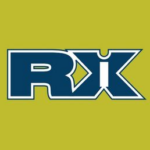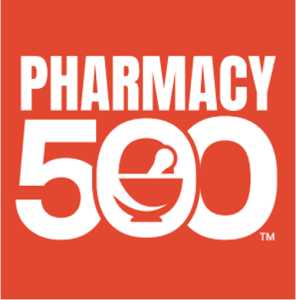The pharmaceutical industry is undergoing dynamic change. Big pharma companies are consolidating distribution channels to improve their return on investment (ROI). Payer networks extend their ability to collect data for evidence-based outcomes, work with digital authorizations, and manage patient care.
Pharmaceutical Markets
Pharmaceutical markets involve pharmaceutical companies, health care systems/payers, governmental regulators, specialty pharmacies, healthcare providers, and patients.
What is Pharma Market Access?
Pharmaceutical companies must go through a complex process to ensure their medications are available to as many patients as possible.
In a perfect world, pharmaceutical market access ensures that every patient who would benefit from medication has access to what they need at the appropriate price. And access to certain medications, of course, maybe a life-or-death situation for patient health.
In America, decision-makers of healthcare systems allow patient access to medications that pass the clinical trial phases necessary to become FDA-approved. Nevertheless, a specific branded medicine is not added as an approved reimbursable prescription by a payor, such as a major healthcare system, without considering the economic outcomes.
Clinical development of treatment protocols alone is insufficient for a comprehensive market access strategy. Pharma market access must also consider pricing, reimbursement, and cost-effectiveness. Evidence-based outcomes have become the driving force. Traditional methods that are less efficient reduce the ROI of pharmaceutical companies.
Pharma access also encompasses a specialty pharmacy’s ability to provide the medications needed by their customers from brands authorized for reimbursement. Digital systems are replacing traditional methods with more cost-effective techniques that automate repetitive tasks and reduce errors.
Health Economics
The pharma market is becoming more focused on health economics. Health economics deals with efficiency, effectiveness, patient behavior, and offering value proposition for healthcare services in an environment of soaring healthcare and prescription drug costs.
The strategy of pharmaceutical companies is to use optimal based pricing necessary to demonstrate value, achieve market access, and meet revenue goals.
The considerations include these steps:
1. Data collection and evidence generation
2. Review of market dynamics
3. Cross-functional opportunity evaluation
4. Distribution channels
5. Revenue forecasts
6. Testing various pricing models
7. Handling uncertainty with managed entry agreements
Managed entry agreements are made between pharmaceutical companies and healthcare payers to permit coverage for new medications when the financial impact is still unknown. Specialty pharmacies and healthcare systems complete the circuit by helping collect the patient data to produce the analysis needed for evidence-based approaches.
The Value of a Managed Pharma Market
A pharma-managed market that integrates the efforts of pharmaceutical companies, the healthcare systems as the payers, and the specialty pharmacies, helps ensure patient access to new medications. When a pharmaceutical company manages a market effectively, it can create the successful launch of a new drug. If it does not manage the market an expensive failed product launch may be the result.
D2 Consulting helps position new products and existing products for market access and reimbursement. Contact D2 Consulting to discuss a cross-functional strategy, incorporating digital technology to optimize outcomes.





